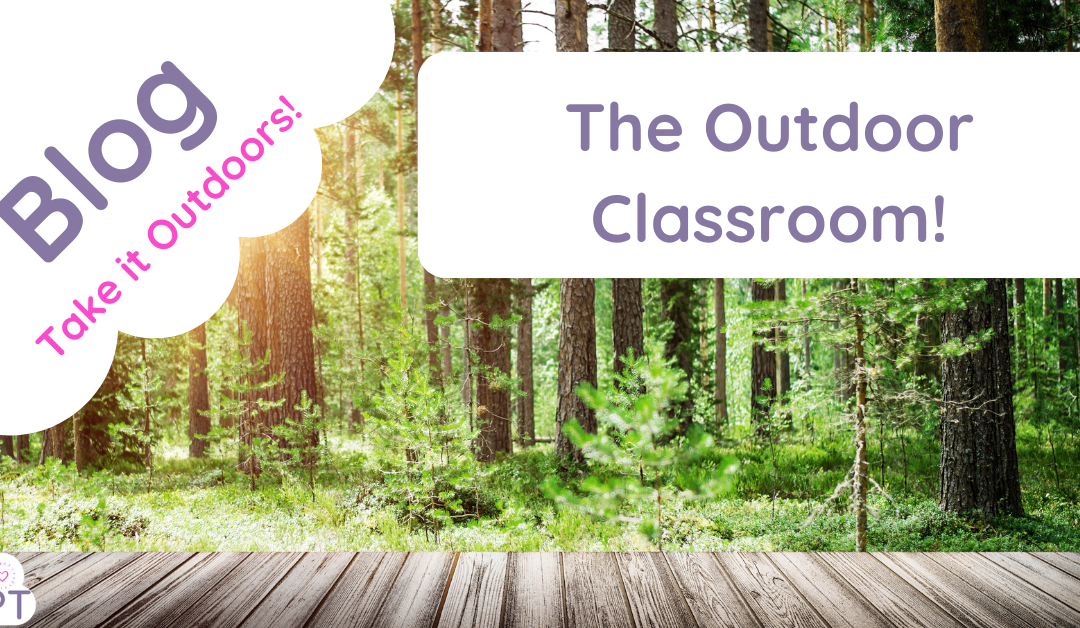Embracing the Outdoor Classroom: Practical Ideas and Benefits
The concept of the outdoor classroom has gained significant traction in recent years, as educators and researchers recognize the myriad benefits of taking learning beyond the traditional indoor setting. By integrating nature into the curriculum, educators can enhance student engagement, improve academic outcomes, and promote physical and mental well-being. This blog post will explore the benefits of outdoor classrooms, provide practical ideas for implementation, and offer a range of resources for further exploration.
Benefits of Outdoor Classrooms
Enhanced Engagement and Motivation
Outdoor learning environments provide a stimulating and dynamic backdrop for education, which can increase student engagement and motivation.
- Active Learning: Hands-on activities in a natural setting encourage active participation and experiential learning. Read more about active learning.
- Increased Motivation: Nature’s novelty and variety keep students interested and excited about learning. Learn about the impact of nature on student motivation.
Improved Academic Outcomes
Studies have shown that outdoor learning can lead to better academic performance across various subjects.
- Enhanced Understanding: Practical, real-world experiences help solidify theoretical concepts. Explore the benefits of practical learning.
- Higher Test Scores: Research indicates that students who participate in outdoor learning often perform better on standardized tests. Read the research.
Physical and Mental Health Benefits
Spending time outdoors is beneficial for both physical and mental health.
- Physical Fitness: Outdoor activities promote physical exercise, reducing the risk of obesity and related health issues. Discover the benefits of physical activity.
- Mental Well-being: Nature reduces stress and anxiety, improving overall mental health. Learn about nature’s impact on mental health.
Social and Emotional Development
Outdoor classrooms encourage social interaction and emotional growth.
- Teamwork and Collaboration: Group activities in nature foster teamwork and communication skills. Benefits of teamwork.
- Emotional Resilience: Challenges faced in outdoor settings help build resilience and adaptability. Explore emotional resilience.
Practical Ideas for Implementing Outdoor Classrooms
1. Nature Journals
Encourage students to keep nature journals where they document their observations, thoughts, and reflections about the natural world.
- Activity Details: Provide students with notebooks and guide them to observe and record various natural elements. Learn more about nature journaling.
2. Outdoor Science Experiments
Use the outdoor environment to conduct science experiments that relate to the natural world.
- Activity Details: Simple experiments like observing plant growth, studying soil composition, or measuring weather changes can be very effective. Explore outdoor science experiments.
3. Garden Projects
Create a school garden where students can learn about plant biology, ecology, and sustainable practices.
- Activity Details: Assign different sections of the garden to different classes or groups, and involve students in all stages from planning to harvesting. Learn about school gardens.
4. Sensory Walks
Organize sensory walks where students use their senses to explore and describe their environment.
- Activity Details: Encourage students to touch, smell, see, and hear different elements of nature and document their experiences. Discover sensory walk activities.
5. Outdoor Storytelling
Combine literacy and nature by hosting storytelling sessions outside.
- Activity Details: Use the natural environment as a backdrop for stories, and encourage students to create their own tales inspired by their surroundings. Explore outdoor storytelling.
6. Phonics Activities
Integrate phonics learning with outdoor play, such as scavenger hunts for objects that start with specific sounds.
- Activity Details: Create engaging phonics games that involve physical movement and interaction with natural elements. Phonics scavenger hunt ideas.
7. Environmental Art Projects
Encourage students to use natural materials to create art, fostering creativity and appreciation for the environment.
- Activity Details: Projects can include making leaf collages, rock paintings, or twig sculptures. Learn about nature art.
8. Mathematics in Nature
Teach math concepts using natural objects, such as counting leaves, measuring tree heights, or creating patterns with stones.
- Activity Details: Use natural elements to illustrate mathematical principles in a tangible way. Explore math in nature.
9. Outdoor Writing Areas
Set up designated areas where students can write inspired by their outdoor surroundings.
- Activity Details: Provide clipboards, pencils, and prompts to encourage creative and descriptive writing. Learn about outdoor writing areas.
10. Wildlife Observations
Involve students in observing and documenting local wildlife, fostering a deeper connection to their ecosystem.
- Activity Details: Provide binoculars and field guides to help students identify and learn about different species. Explore wildlife observation.
Internal Links for More Ideas
- EYFS Outdoor Learning Resources
- KS1 Outdoor Learning Resources
- KS2 Outdoor Learning Resources
- CPD Teacher Training
- Contact Us
Additional Resources
For further inspiration and detailed guides, explore the following links:
- Forest School Association
- Learning Through Landscapes
- Outdoor Classroom Day
- Children & Nature Network
- National Wildlife Federation
- Project Learning Tree
- The Nature Conservancy
- Green Schoolyards America
- Nature Play SA
- Earth Force
- Eco-Schools
- Global Outdoor Learning Initiative
- NatureBridge
- Natural Start Alliance
- Wildlife Trusts
Conclusion
The outdoor classroom offers a wealth of benefits that extend beyond traditional indoor learning environments. By integrating nature into the curriculum, educators can enhance student engagement, improve academic outcomes, and promote physical and mental well-being. The practical ideas provided in this blog post are just a starting point for creating a dynamic and effective outdoor learning experience. For more resources and ideas, visit The Muddy Puddle Teacher’s website and join our community dedicated to enhancing outdoor education.


